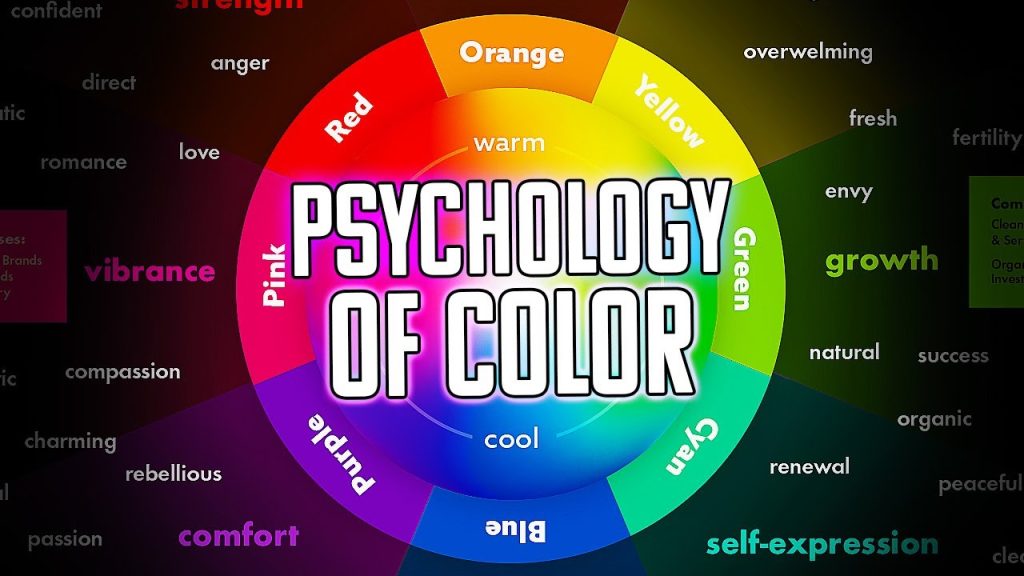Through color psychology within graphic design businesses dramatically modified their connection with their target audiences. Marketing and branding heavily depend on colors because these elements alter emotional responses and shape customer decisions. Under the influence of color psychology in graphic design companies can improve visual presentation and maintain brand recognition through strategic messaging. The following guide explores both audience reactions to color selection together with practical business applications of color theory for effective design creation. Your design strategy needs essential understanding of color psychology to reach professional height.
Why Color Psychology Matters in Graphic Design
Design benefits from color selection and achieves advantages which outperform traditional methods of design. Color psychology within graphic design brings forth essential advantages which make it a crucial aspect of design practice.
- Viewers experience particular emotional responses because different colors deliver distinct feelings toward viewers.
- Stable use of brand colors helps establish a strong recognition of brand identity.
- Visual communication tools hinge upon colors because they activate human interaction with design content.
- The meaning of perception depends on which colors designers choose to use in their messages.
- The right selection of colors during conversion optimization leads to increased sales and actionable responses from customers.
When it comes to branding and marketing operations color psychology provides crucial elements.
- Warm Colors: Energy & Passion
- Red: Evokes excitement, urgency, and passion.
- Orange: Represents enthusiasm, creativity, and friendliness
- Yellow: Symbolizes happiness, optimism, and warmth.
- Cool Colors: Trust & Calmness
- Blue: Conveys trust, security, and professionalism.
- Green: Associated with health, nature, and tranquility.
- Purple: Represents luxury, wisdom, and creativity.
- Neutral Colors: Balance & Sophistication
Black color stands for elegant and powerful sophistication.
White: Represents simplicity, purity, and cleanliness.
The color gray transports modern and balanced energy and neutrality to the audience.
How Colors Influence Audience Perception
Color in Logo Design
- Brand recognition receives significant strength from appropriate choices of color combinations.
- Popular brands establish strong brand recognition through the use of unique color design approaches.
- Colors play a decisive role in Website & UI/UX design.
- Color schemes that welcome users enhance both legibility and movement between web pages.
- Diverse color combinations make content more accessible while also improving its usability capacity.
- The use of color determines the success of marketing products through various advertising materials.
- Vibrant colors succeed in gaining viewers’ attention while encouraging them to stay involved.
- Colors in the soft pastel spectrum establish relaxing spaces that welcome people in.
Future Trends in Color Psychology
AI & Data-Driven Color Selection
Brand color selection with the help of AI analytics systems creates color choices that align with audience behavior and taste.
Minimalist & Monochromatic Designs
The current design style focuses on minimalism because it uses monochromatic color palettes.
Personalization & Adaptive Colors
This upcoming design generation will activate color transformations according to user emotional states and their system interactions.
Consultation: Enhancing Your Brand with Color Psychology
Deciding which colors to use for graphic design work demands you match them to your brand identity and the characteristics of your audience base. Through color psychology applications in graphic design businesses build picture elements which captivate their audience. Graphic design elements that use color psychology effectively result in improved brand perception along with stronger audience engagement regardless of the design content produced.
Conclusion
Graphic design professionals who used colors in their work no longer make choices based on personal preferences because color psychology has evolved into a strategic design method which shapes how audiences react. Businesses achieve effective design solutions through their understanding of color effects on human emotions and behaviors. Through the application of color psychology in graphic design companies achieve brand identity reinforcement while engaging audiences to generate conversions which lead to sustained business achievements.










